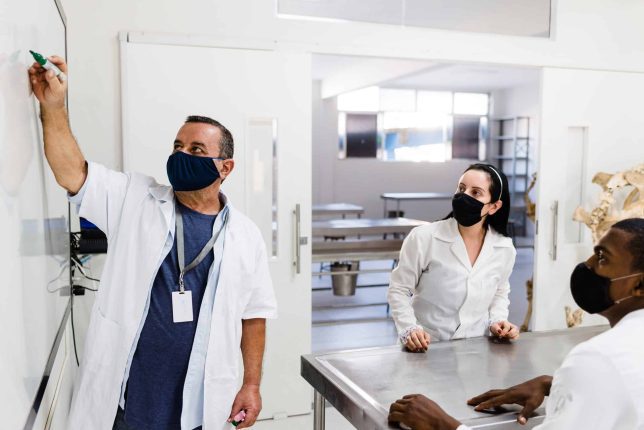

With up to 40% of revenue reinvestment being dedicated to payroll, it’s clear that talent represents one of the pharmaceutical industry’s most significant assets. Particularly in laboratories, finding the right staff with the appropriate technical skill set is vital to maintaining drug production supply chains.
In addition to this, recruitment, hiring, onboarding, and training processes further contribute to a company’s expenditure by a factor of 50-125% of a new staff member’s first year salary. From both an operational and financial perspective, then, limiting lab employee turnover is critical to commercial success.
But what are the main drivers that lead highly-skilled staff to seek opportunities elsewhere? And what can life sciences companies do to create an optimal environment that encourages employees to remain – and to thrive – in their chosen roles?



